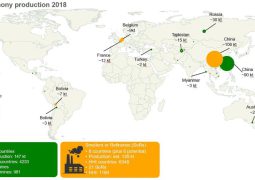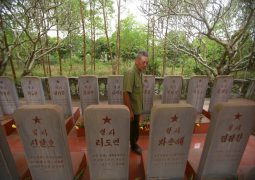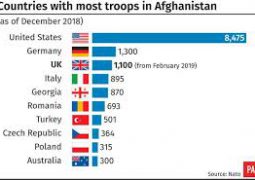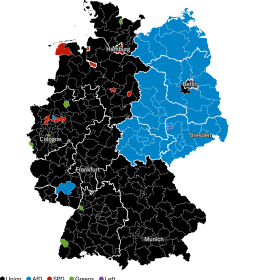US-China trade war starts biting harder: As China’s economy slows, the poor take the brunt
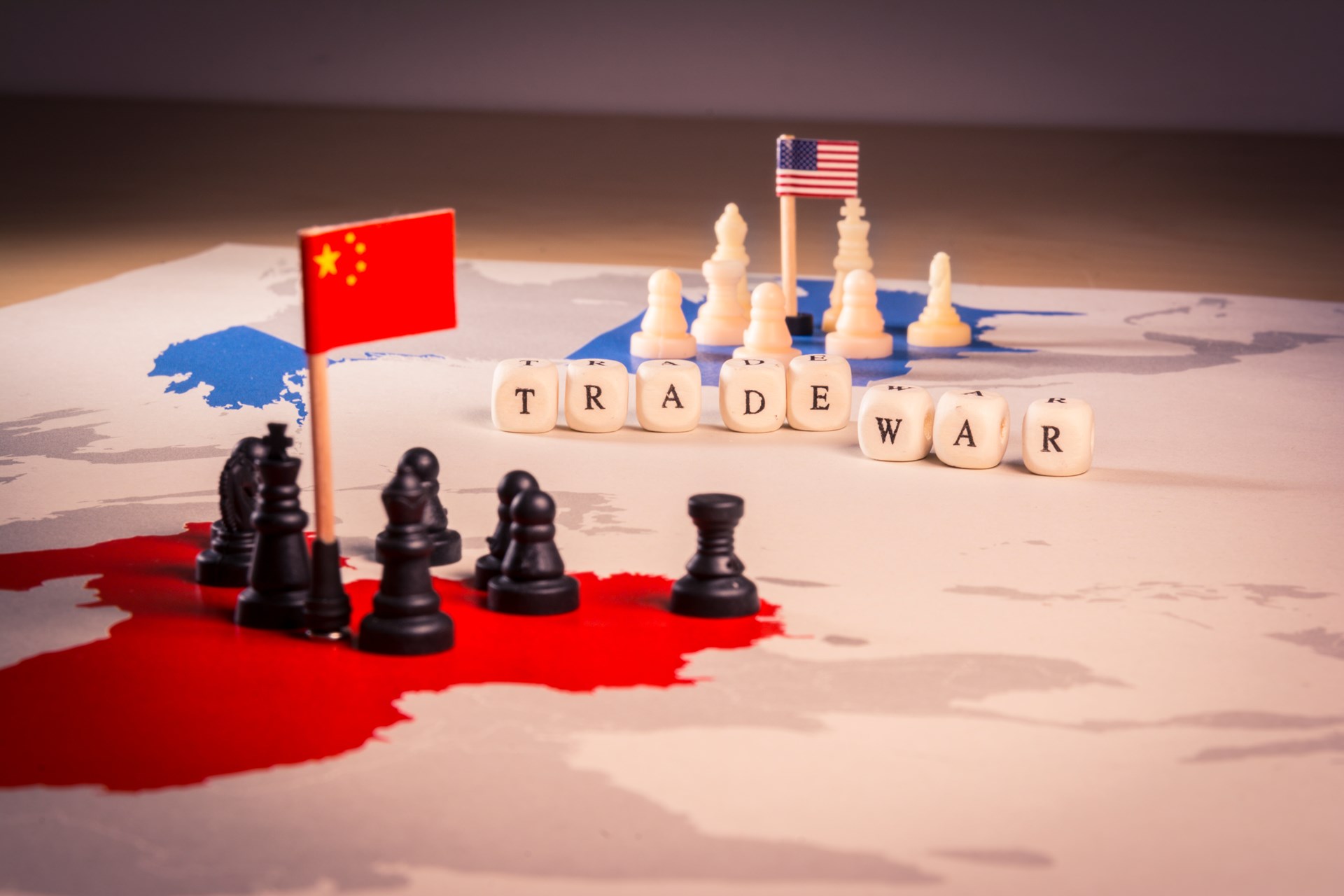
China’s economic growth rate slowed to a near 30-year low in the third quarter, hurting the income of its poorest.
by David Ho and Elise Mak
China’s low-income workers, especially those who migrated to cities years ago to take advantage of new job opportunities, are feeling the pain from a slowdown in economic growth [File: Jason Lee/Reuters]
Hong Kong, China – Several years ago, Gan Xiaoge travelled the nearly 200 kilometres (124 miles) from Anhui Province in ‘s east to the capital Beijing in search of work.
As an office cleaner, she rode the wave of the country’s rapid economic growth and the opportunities it created.
But as that growth cools off, and the prices of key items such as pork rise rapidly following a swine flu epidemic, Gan finds herself among the hundreds of millions of Chinese who are starting to feel the pinch.
“Pork prices have risen so much in recent months and soon I won’t be able to afford meat any more. The landlord has also raised my rent from 500 yuan ($71) to 800 yuan ($114), then 1,000 yuan ($142) in three months,” Gan told Al Jazeera.
China’s gross domestic product (GDP) – which measures the total value of all finished goods and services produced in an economy – 6% in the three months leading up to September.
That was a relatively rapid growth rate for a country the size of China – an expansion rate that was more than three times that of the US over the same period.
But it was the slowest growth China has experienced since 1992.
The slowdown is disproportionately hurting people like Gan – migrant workers and those in lower-income groups.
“There’s no protection for us [from rent hikes] and [landlords] can always just find another tenant easily. The salary in Beijing is barely enough to earn a living,” Gan said.
Beijing has struggled to reduce debt and social inequality in China even before the start of its trade war with the United States [File: Qilai Shen/Bloomberg]
People in Gan’s position are feeling the effects of the slowdown in various ways. One of them is through the job market.
China’s official urban unemployment rate stood at 3.61 percent in the third quarter, according to a Ministry of Human Resources and Social Security official quoted by the state Xinhua news agency. It has hovered near or below the four percent mark for years, and that figure puts it roughly in line with the US unemployment rate.
But anecdotal evidence points to a growing number of manufacturing companies laying off staff as they suffer from the drop in overseas orders.
For instance, China’s employed persons index – a component of the monthly official manufacturing purchasing managers’ index that measures whether factory activity is expanding or contracting – slipped below 47 in August, the first time it had done so since the global financial crisis of 2007-2008. It recovered slightly to 47.3 in October, but any figure below 50 indicates that factories are cutting their headcounts.
Balancing act
But the Chinese economy had been slowing down even before the trade war began last year. One reason for the deceleration was Beijing’s attempt to reduce debts and social inequality that had worsened as the government pursued an export-oriented strategy to create world-beating, low-cost industries.
Now, Chinese President is trying to reverse some of those adverse side effects by reducing China’s reliance on exports and making domestic consumers the main engine for growth.
Some analysts say that strategy has yet to bear fruit.
“Beijing is struggling to rebalance growth towards consumer spending, which suggests that any stimulus efforts will remain focused on investment,” Diana Choyleva, chief economist at Enodo Economics, wrote in a research note.
“But ultimately, Xi Jinping seems prepared to accept much weaker growth. He cares more about reducing inequality and disarming its threat to [the Chinese Communist Party’s] power than about growth and financial markets,” Choyleva added.
But slowing growth is just one reason for the squeeze on people’s incomes.
An outbreak of African swine fever has ravaged China’s supply of pork meat, leading to a surge the price of a staple meat for many Chinese consumers [File: Qilai Shen/Bloomberg]
The African swine fever outbreak, which has forced authorities to cull millions of hogs and which has decimated the supply of pork meat, has led to rapid increases in the price of the commodity.
Overall, consumer prices rose three percent from a year earlier in September, the fastest increase in nearly six years, according to the National Bureau of Statistics. This spike was largely driven by the increase in pork prices.
The lives of Chinese people had started to become more pinched even before the trade war and the latest bout of inflation.
Chinese people have traditionally been among the most frugal, with savings rates far higher than those of citizens of most other countries. But from a peak in 2010, household savings as a percentage of disposable income has been on a slow, but steady, decline, according to the Organisation for Economic Co-operation and Development. Savings has declined as the government has encouraged more domestic consumption to reduce China’s reliance on exports.
Debt ballooning
Meanwhile, household debt has increased considerably over the same period. The International Monetary Fund (IMF) estimates that the total debt of Chinese households stood at 50.3 percent of GDP as of June 2018, above the emerging market average and 32 percentage points higher than it stood a decade earlier.
The IMF says the increase raises “concerns [about] whether further debt increases could lead to significant adverse effects on growth and financial stability”.
And it’s not just households that have been accumulating debt. The central and provincial governments have been, too.
Nick Marro, global trade lead at the Economist Intelligence Unit, says he’s not surprised by the slowdown in China’s economy. But he estimates that the actual growth figure may be even lower if the effects of tax cuts are stripped out.
The government has reduced taxes to allow people to spend more to stimulate growth, but a side effect has been to put a strain on the finances of local government revenues, forcing them to increase borrowings.
“Relying on higher levels of unsustainable debt to reach a certain [growth] number, for instance, is more of a threat to the global economy than China’s headline GDP trending below six percent,” Marro told Al Jazeera. “More aggressive [growth] policies, however, would exacerbate the existing debt burden, which would have ramifications for the health of the Chinese economy in the medium-to-long term.”
Anecdotal evidence points to a growing number of China’s manufacturing companies laying off staff as they suffer from the drop in overseas orders caused by the trade war with the US [File: Qilai Shen/Bloomberg]
Moreover, the slowdown in growth is far from uniform across the country, causing another headache for policymakers.
According to official figures, during the first half of the year, the economies of 14 out of 25 provincial-level jurisdictions in China grew faster than the national average. And the variation in growth rates was wide, with Yunnan in the southwest posting the fastest growth rate of 9.2 percent, while Tianjin near Beijing in China’s east came in at the bottom with a 4.6 percent expansion.
The wide range of growth rates means that the Chinese government cannot implement one-size-fits-all solutions, and the overall slowdown translates into greater pain for those areas with the fewest resources.
“Normally, the coastal provinces are better prepared to weather the storm because they are more diversified and have more economic resources – from corporates, governments, human capital and labour,” Tommy Wu, a senior economist at Oxford Economics, told Al Jazeera. “The northeast provinces and other inner provinces tend to have lower productivity, with excess capacity and less opportunities, and possibly also suffering from high debt level.”
While the range of options for the government to mitigate the effects of the slowdown may be narrowing, the choices for ordinary people like Gan caught in the downdraft are stark.
“I will take more part-time jobs and cut the unnecessary expenses,” she said.
- Previous NATO allies quarrel hard over soil in the waters: Greece to expel Libyan ambassador over Turkey-Libya accord
- Next Chinese embassy refutes AP report on sold Pakistani brides, says it is untrue




